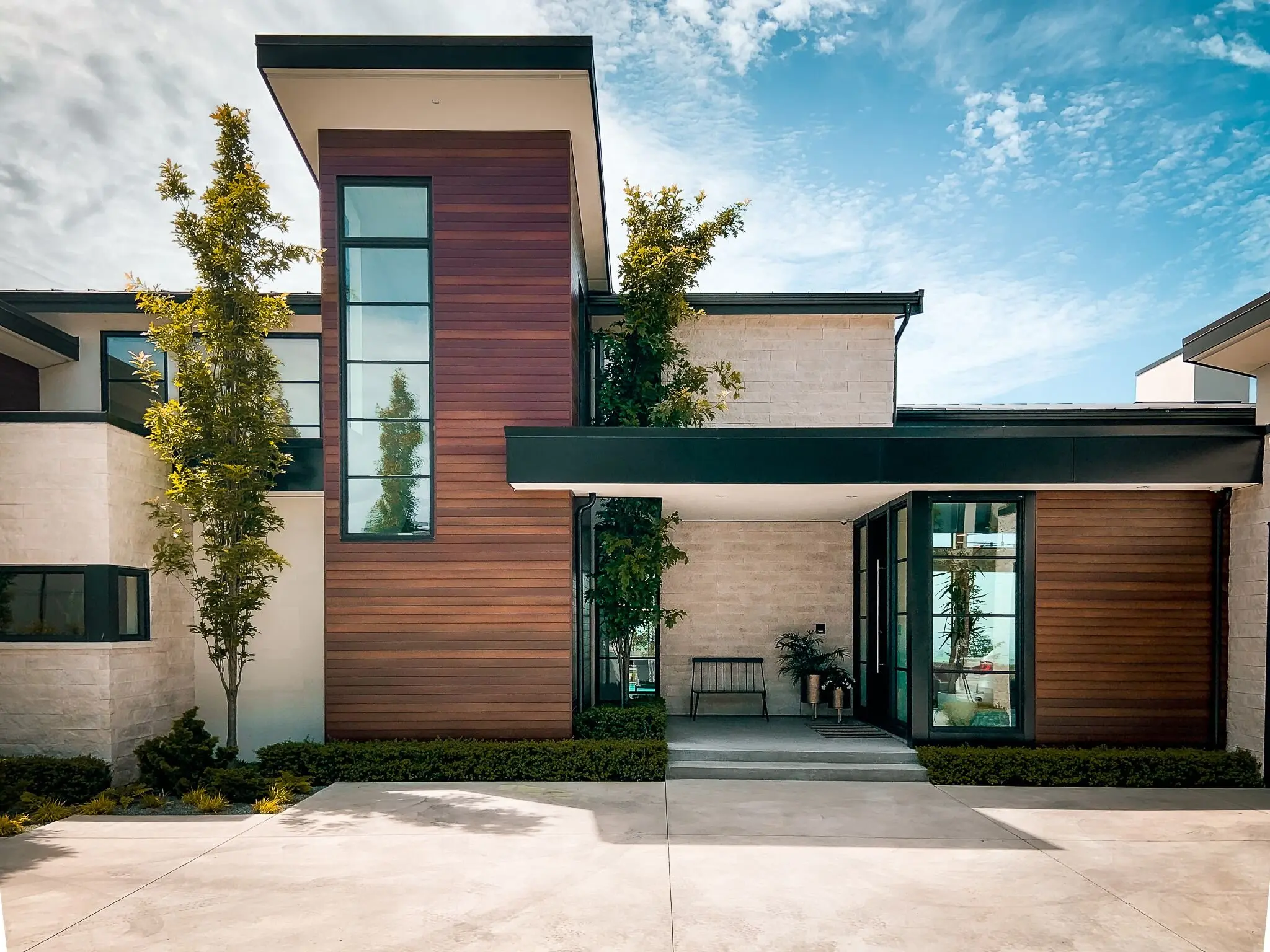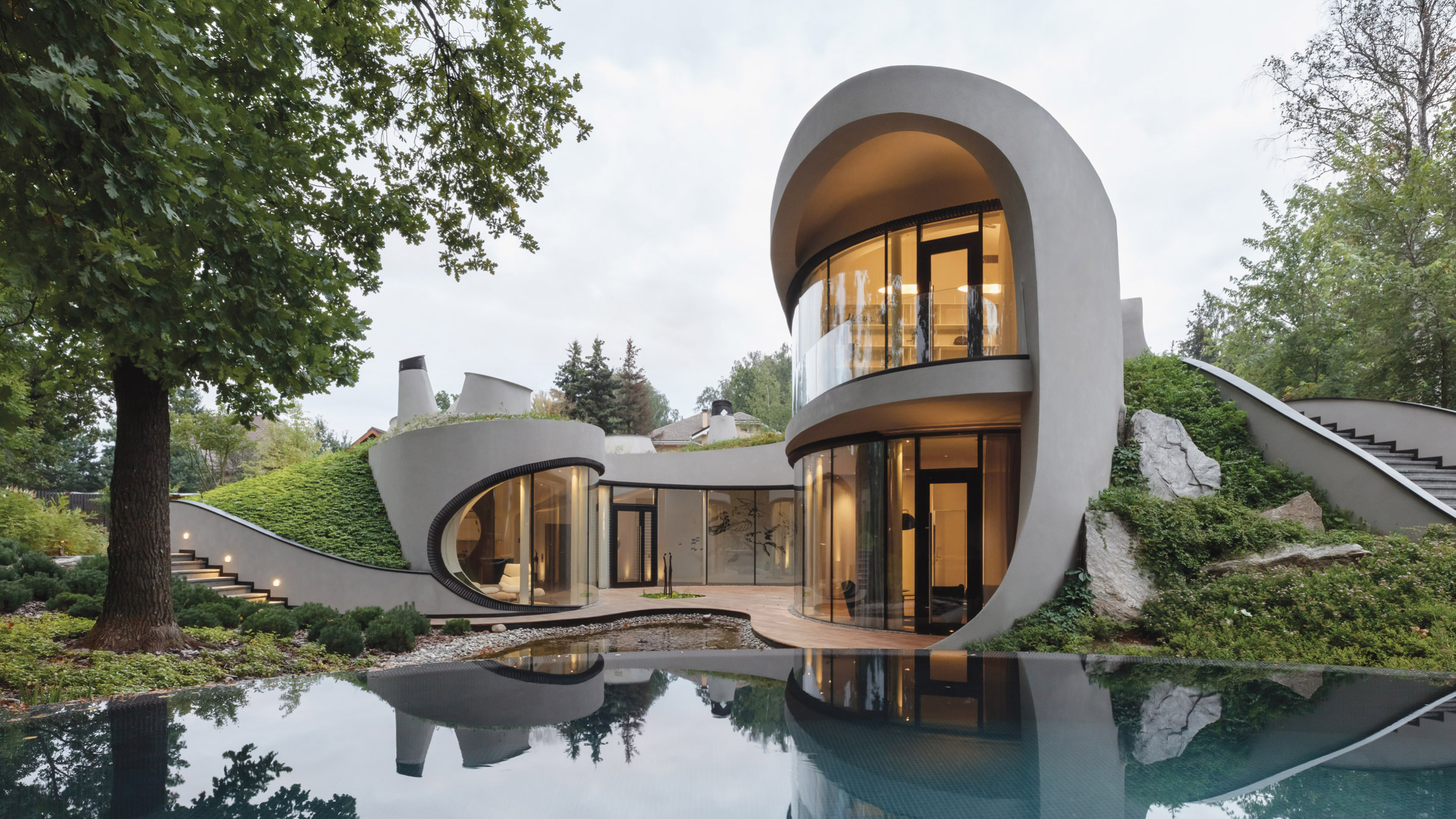Residential Interior Architect: Transforming Your Interior Spaces into Works of Art
Residential Interior Architect: Transforming Your Interior Spaces into Works of Art
Blog Article
Top Trends in Residential Architecture You Ought To Understand About
As residential style continues to advance, numerous compelling trends are forming the way we create and occupy our living areas. Key developments such as lasting building methods, the combination of wise home innovation, and the increase of modular homes underscore a significant shift in the direction of both functionality and ecological responsibility.
Lasting Building Practices
An increasing variety of domestic tasks are embracing sustainable building practices, driven by an expanding awareness of ecological effect and energy performance. This shift is characterized by the integration of green materials, energy-efficient designs, and ingenious building and construction approaches. Contractors and homeowners are significantly focusing on using eco-friendly sources, such as bamboo and recycled metals, which not only lower the carbon footprint yet likewise improve the longevity and visual appeal of properties.
Integrating energy-efficient systems is another critical aspect of lasting structure - residential house architect. Features such as high-performance insulation, energy-efficient windows, and photovoltaic panels are coming to be standard in brand-new property layouts. These components not just add to reduced energy usage however likewise supply substantial long-lasting savings for property owners
Additionally, the design of lasting homes often emphasizes natural light and air flow, reducing the reliance on fabricated lighting and environment control systems. Landscape design practices, such as xeriscaping, additional advertise sustainability by lessening water usage.
As the demand for lasting living services remains to climb, the household style field is poised to introduce and adapt, guaranteeing that future homes are not only ecologically accountable yet practical and likewise comfortable for their residents. - residential house architect
Smart Home Technology
Smart home technology is revolutionizing the way home owners connect with their living areas, improving safety and security, power, and convenience administration. This ingenious approach incorporates different devices and systems, enabling users to manage their homes from another location or via automated procedures. Central to this trend is the use of wise gadgets such as thermostats, lights, safety electronic cameras, and appliances, all linked by means of the Net of Points (IoT)
Among one of the most enticing functions of smart home modern technology is the capacity to personalize setups for ideal energy performance. Home owners can keep an eye on power usage and adjust lighting, heating, and cooling based on their regimens, considerably decreasing utility prices. Furthermore, advanced protection systems furnished with smart locks and security cams supply tranquility of mind, allowing remote monitoring and notifies to potential protection violations.
Integration with voice-activated assistants boosts user experience, permitting house owners to regulate devices with basic voice commands. As technology proceeds to develop, the potential for wise home systems to enhance top quality of life expands, making them a crucial factor to consider in modern domestic style. Ultimately, clever home modern technology is not simply a trend but an essential shift towards a lot more smart living environments.
Open Concept Living
Open principle living has actually emerged as a specifying function in modern property style, characterized by the removal of traditional barriers between spaces. This style viewpoint advertises fluidity and connectivity within the home, enabling a seamless transition in between locations such as the cooking area, eating, and living areas. By getting rid of dividings and walls, open principle layouts produce a sense of spaciousness, promoting an inviting environment that enhances social communication.

In addition, this method to residential style aligns with minimalism, focusing on useful simplicity and visual coherence. Homeowners value the flexibility of these layouts, which can be conveniently adapted to show personal design via furniture plan and design. As open concept living proceeds to gain other traction, it remains a testament to developing household characteristics and the need for homes that boost connection and comfort.
Biophilic Layout
Biophilic style has ended up being significantly substantial in residential style, highlighting the intrinsic connection in between human beings and nature. This design ideology seeks to integrate all-natural elements into living spaces, thereby promoting a sense of health and improving the quality of life for occupants. By integrating features such as natural light, greenery, and natural products, biophilic layout promotes an unified relationship in between interior settings and the environment.
Crucial element of biophilic layout include big home windows that provide unblocked views of exterior landscapes, living wall surfaces that introduce greenery right into insides, and open flooring plans that urge air movement and all-natural light penetration. Water features, both inside and outside the home, offer to produce soothing ambiences and boost sensory experiences.
Furthermore, the usage of sustainable materials not just supports environmental stewardship yet likewise adds to healthier interior air quality. As awareness of environmental issues rises, home owners are progressively focusing on layouts that show their connection to nature. Fundamentally, biophilic style not only raises aesthetic appeal but additionally addresses emotional and psychological requirements, making it an essential fad in contemporary household style.
Modular and Prefab Houses

Furthermore, modular and prefab homes are developed with sustainability in mind. Several producers use energy-efficient systems and green products, such as photovoltaic panels and advanced insulation strategies, contributing to decreased power consumption and lower utility costs for house owners. The adaptability click reference of style alternatives permits for modification, dealing with varied visual choices and practical requirements.
As the need for budget friendly housing remains to increase, prefab and modular homes offer a viable service, dealing with both economic and ecological difficulties. Communities are increasingly recognizing the potential of these frameworks, incorporating them into city and rural setups. On the whole, the trend towards modular and prefab homes represents a shift towards more sustainable, reliable, and versatile living settings, making them a pivotal aspect of modern property design.
Conclusion
Sustainable building techniques and smart home technologies boost effectiveness and comfort, while open concept living and biophilic design foster social communication and a link to nature. The rise of prefab and modular homes provides personalized and budget-friendly solutions, mirroring a broader change in the direction of functional and accountable living.
Key growths such as this post sustainable building methods, the assimilation of wise home technology, and the increase of modular homes highlight a significant shift in the direction of both functionality and ecological duty.The increase of prefab and modular homes has transformed the domestic style landscape, using innovative options for reliable and sustainable living.Additionally, prefab and modular homes are developed with sustainability in mind. Overall, the fad towards prefab and modular homes indicates a change towards a lot more lasting, reliable, and versatile living environments, making them a critical aspect of contemporary residential style.
Lasting building techniques and wise home innovations enhance efficiency and ease, while open principle living and biophilic design foster social communication and a link to nature.
Report this page